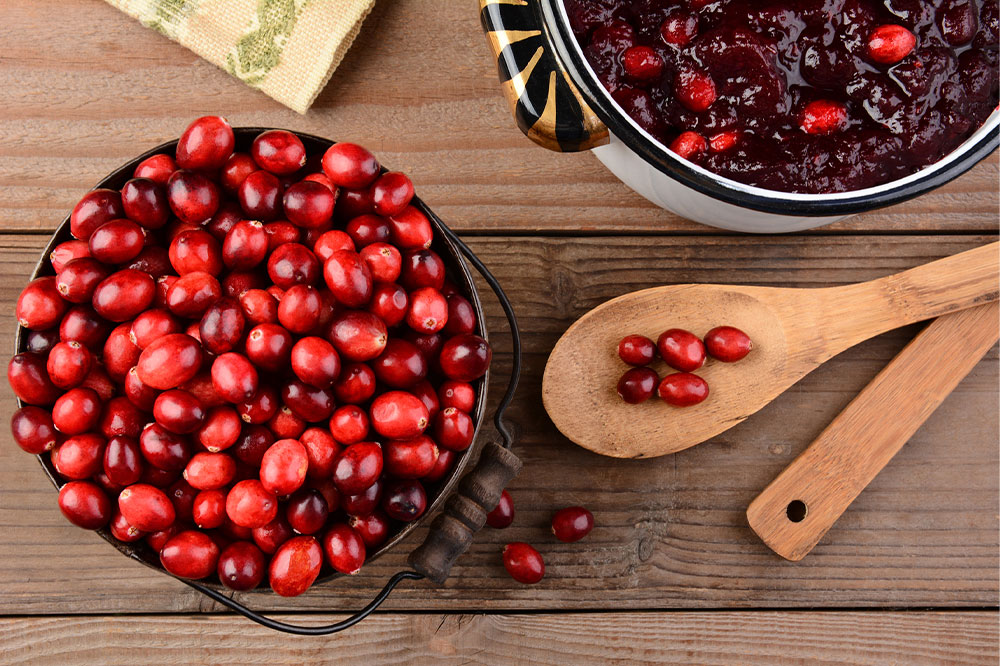4 ways to overcome an overactive bladder

Overactive bladder or OAB is a health condition that causes frequent and sudden urge to urinate. Statistics suggest that close to 35 million people in the country suffer from overactive bladder. Some people also experience urinary incontinence or unintentional loss of urine. It can be embarrassing to deal with the condition, as it can limit one’s social and professional life. The following tips can be used to effectively manage an overactive bladder:
Typical treatment options
Before we discuss tips for managing an overactive bladder, it is important to be aware of some treatment options. GEMTESA (vibegron) is one such treatment option. It activates beta-3 receptors, thereby allowing the bladder to relax and provide relief from being overactive. Apart from this, Myrbetriq can also be used for treating an overactive bladder, as it smoothens the muscles around the urinary bladder, increasing its storage capacity. Other options include TOVIAZ and INVOKANA®.
Add cranberries to your food regimen
Cranberries are widely used to treat problems associated with bladder control. Similarly, other berries like strawberries and blueberries are also abundant in vitamin C, which can neutralize bad bacteria and prevent urinary tract infections. Berries also have high water content, which maintains hydration levels and helps manage bladder control. Cranberries can be eaten alone or can be added to smoothies, salads, and other delicious recipes.
Limit washing and wiping
Sanitary hygiene is essential. However, it can be counterintuitive going overboard. Women with overactive bladder experiencing menstruation might feel the constant need to clean themselves. However, excessive cleaning with soap can make the area dry and itchy, and it can aggravate symptoms of an overactive bladder. Hence it is recommended to avoid going overboard on washing and wiping or use hydrating cleaning products to retain the moisture.
Practice exercises for bladder control
Changes in certain habits related to urination can ease the symptoms or help retain bladder strength in the long run. Double voiding involves urinating between intervals of a few seconds before fully emptying the bladder. This reduces the urgency to urinate frequently. Other bladder strengthening exercises, such as Kegel exercises, involve pelvic floor muscles, enabling the bladder to suppress the urge to urinate.








